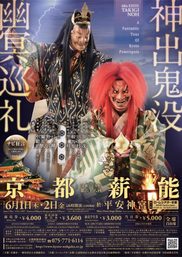
NOH THEATRE
Noh Theatre is one of the oldest forms of performance in Japan. It is a musical drama using dance, masks, live music, and chanting. It has been said to be one of the oldest forms of theatre dating back the the 14th century. Characterized by slow subtle movements, ornate costumes, and hand-carved wooden masks, this form is most appreciated by an older Japanese audience.
I personally became interested in Noh working on Ping Chong’s adaptation of Akira Kurowsawa’s stage adaptation of Throne of Blood. As Ping’s associate, I watched the film for hours and became entranced by the beautiful stillness in Lady Asaji. I learned that he used man elements of Noh theatre in this film, and this was the essential element for our production. For our production in at Oregon Shakespeare Festival and Brooklyn Academy of Music, we trained our ensemble in this form and I became hooked. I knew that one day I would act on this obsession in a deeper way.
TAKIGI O-NOH
My journey on my fellowship continues as I move to Japan to embark on an intensive journey to study Noh with the great masters. The first stop is attending the Takigi O-Noh, or also known as the Bonfire Performance. For 2 nights, once a year, Kyoto’s renowned Noh schools perform at Heian Jingu Shrine for a thousand audience members. It sells out every year. Ticket prices are about $50 each and it seats at a first come first serve basis. Although there are not many people who study Noh, it is very popular among Japanese elders and traditional performance enthusiasts. My sensei Michishige suggested I begin my training watching this performance, and it was truly unforgettable.
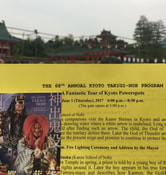
The Noh Stage is a temporary one built of wood and bamboo. Torches of fire pits line the front of the stage, and are lit after a ceremonial opening from the head of Kyoto's Noh Society and the Mayor of Kyoto. There are two attendants dressed in white head to toe whose job is to make sure the fire continues to burn throughout the 3 hour evening. The fire is meant to light the entire performance, but there is a bit of help from technology to add a natural glow to the performances onstage. The stage is built right in front of the Heian Shrine, which is one of the city's most important shrines dedicated to the first and last emperors of the city. There are several Noh theaters in Kyoto, where performances take place weekly, but this event outdoors only occurs once a year.
THE PERFORMANCE
There were three masked dramas accompanied by a chorus of singers stage left and a live musicians upstage center. Each Noh performance begins with the chorus entering from the runway stage right. The musicians then enter, followed by the masked dancer. In between each masked drama was a Kyogen performance. They are more comedic interludes, still performed in a Noh style, but it is text heavy without music or chorus. I became very interested in Kyogen, since I have a passion for stylized comedy. It served as a break between the intensity of each Noh performance. One of the Kyogen performers even poked fun at the DVD set they were selling aggressively throughout the show. As silly as that was, I guess it worked since I bought my own set.
Here is a special preview performance recorded by the event. It begins with the Kyogen performers, then on to a Noh drama. Imagine 3 hours of this, under the stars, with a thousand audience members...
MY EXPERIENCE
This was my first experience of live Noh theatre and I was warned by friends, that this would be a boring one. I was not bored at all. This fellowship has been about embracing the identity of "outsider." Being in a new country and experiencing new form like this was really special. Although I didn't understand the language, thankfully they had a summary of each story in English. After living in Thailand for 6 months, I got used seeing theatre in a different language and just paying attention to the relationships. I was in awe of the beauty of the masks and costumes, and I felt ready to begin my training in Noh dance.
FYI...
Kyoto Takigi Noh Bonfire Festival occurs June 1 & 2 annually.
Tickets start at 4,000 Yen. Buy them early as performances are likely to sell out.
http://www.kyoto-kanze.jp/takiginoh/kyoto-takiginoh-english.html

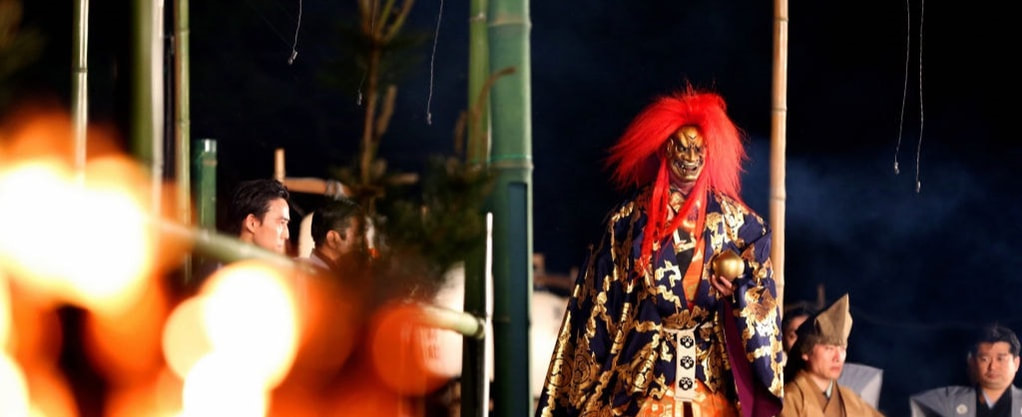
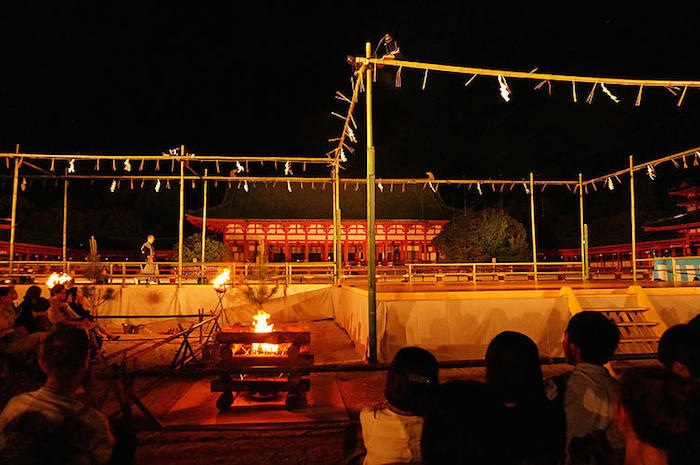
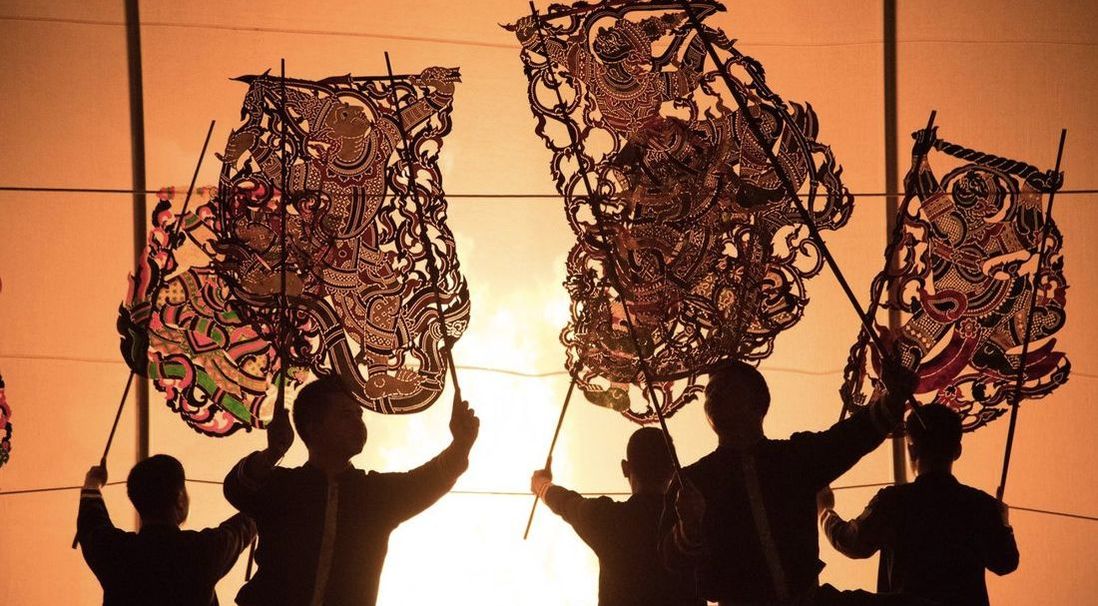
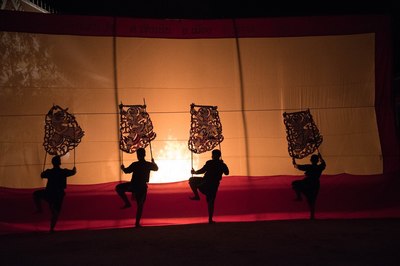
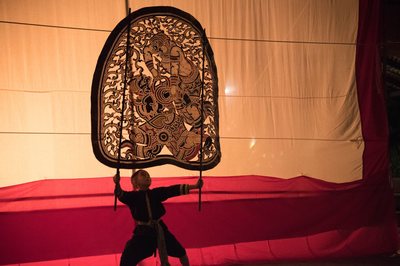
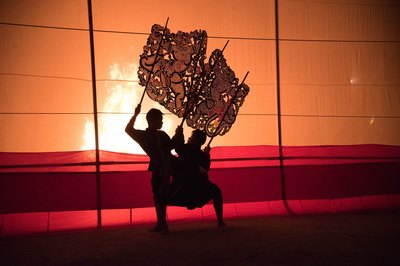
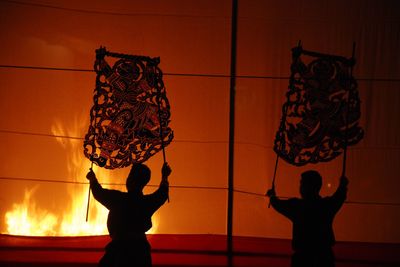
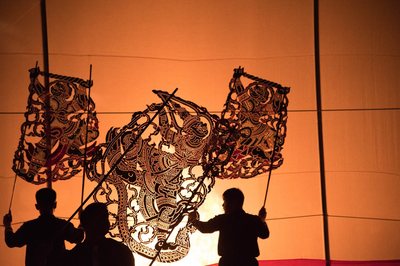
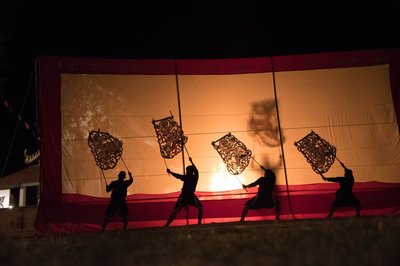
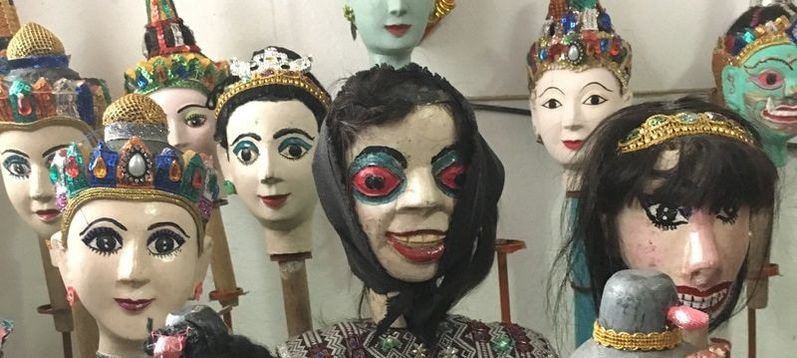
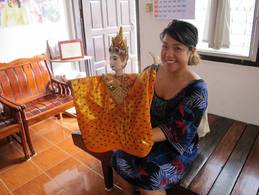

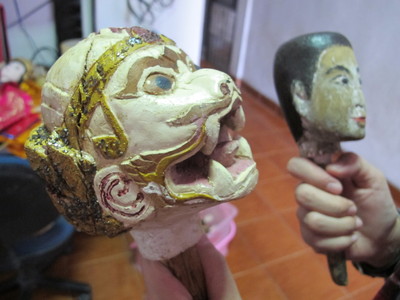
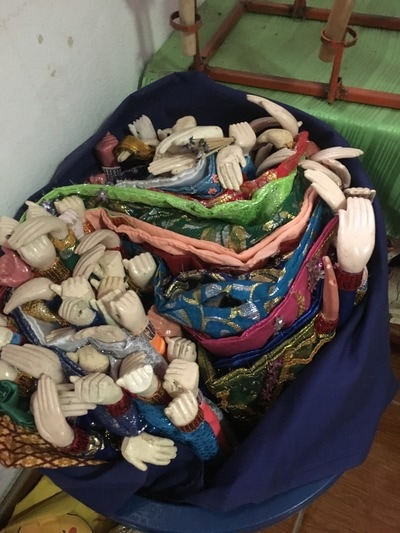
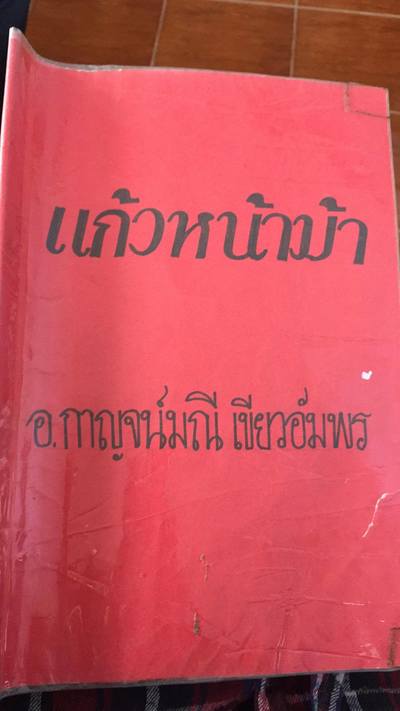
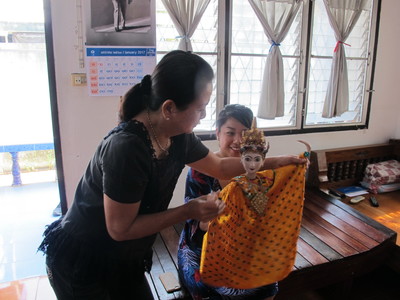
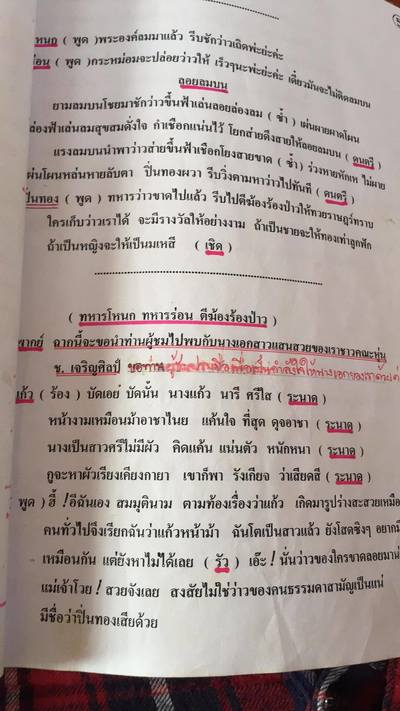
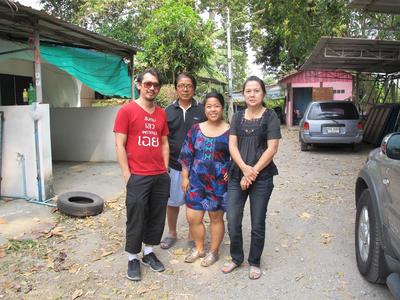
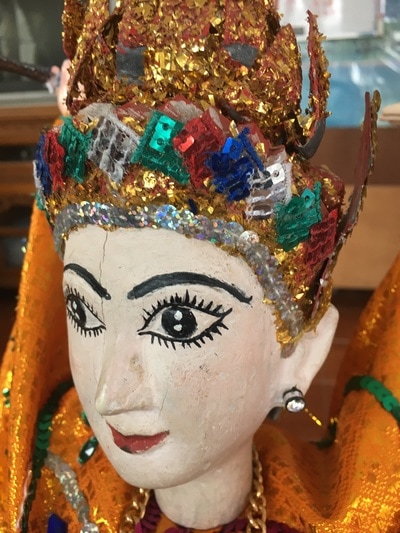
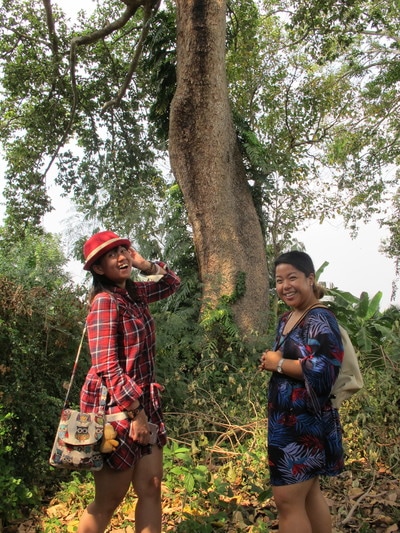
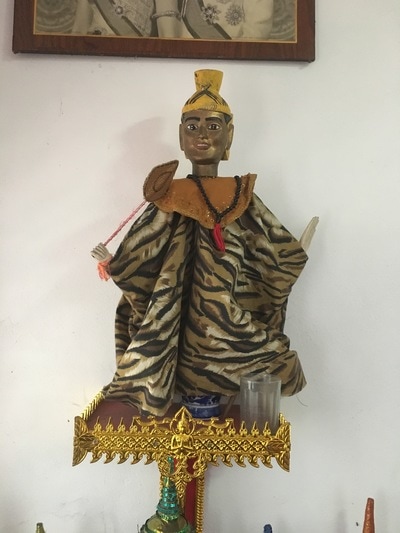
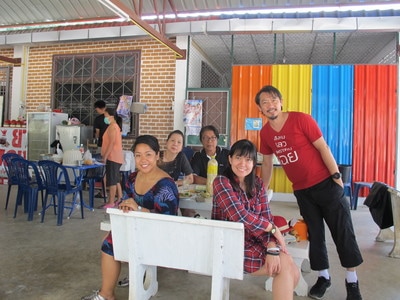
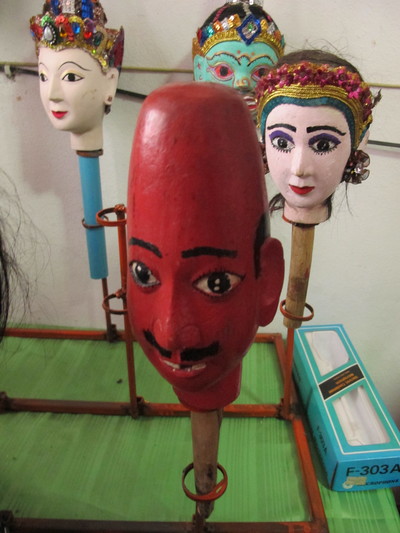

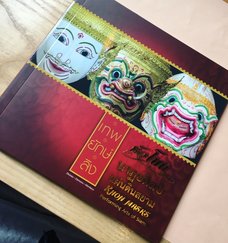

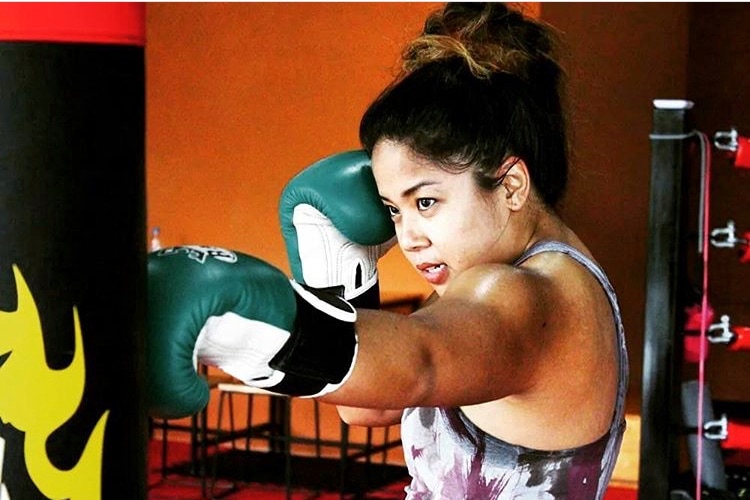
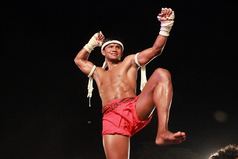
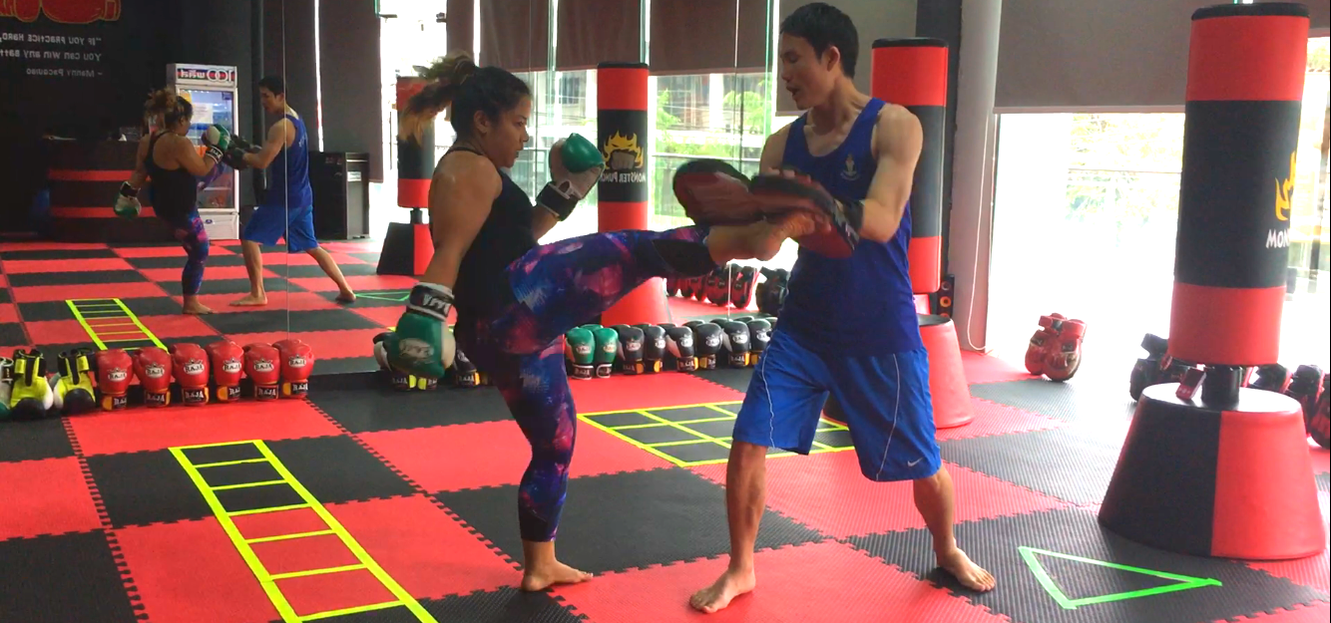
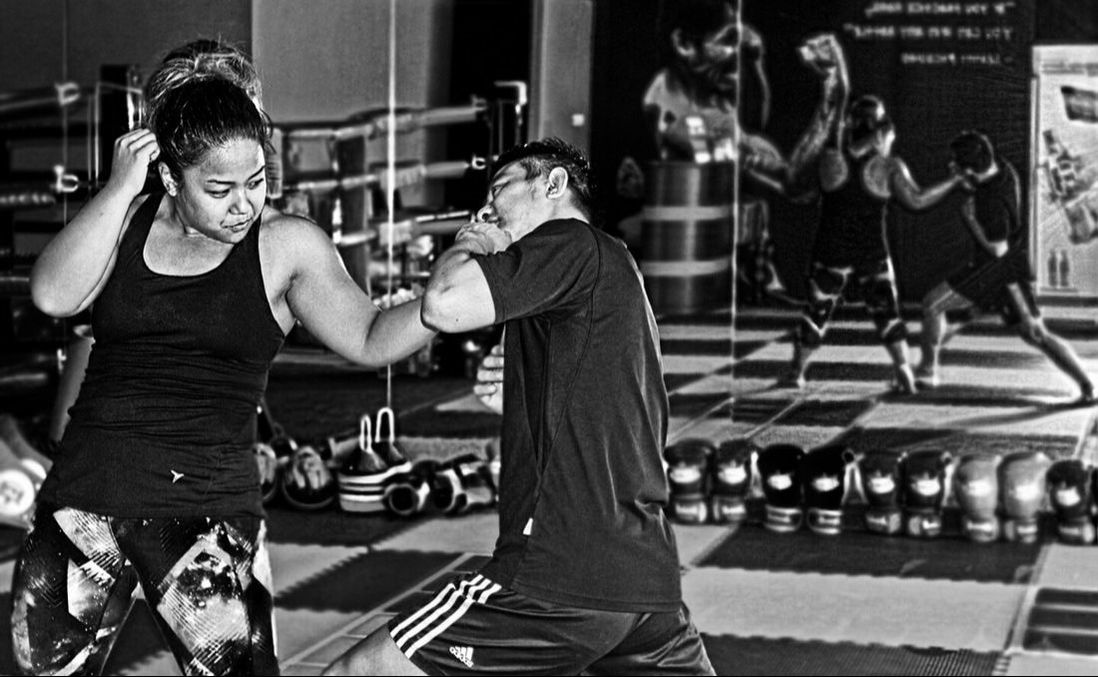
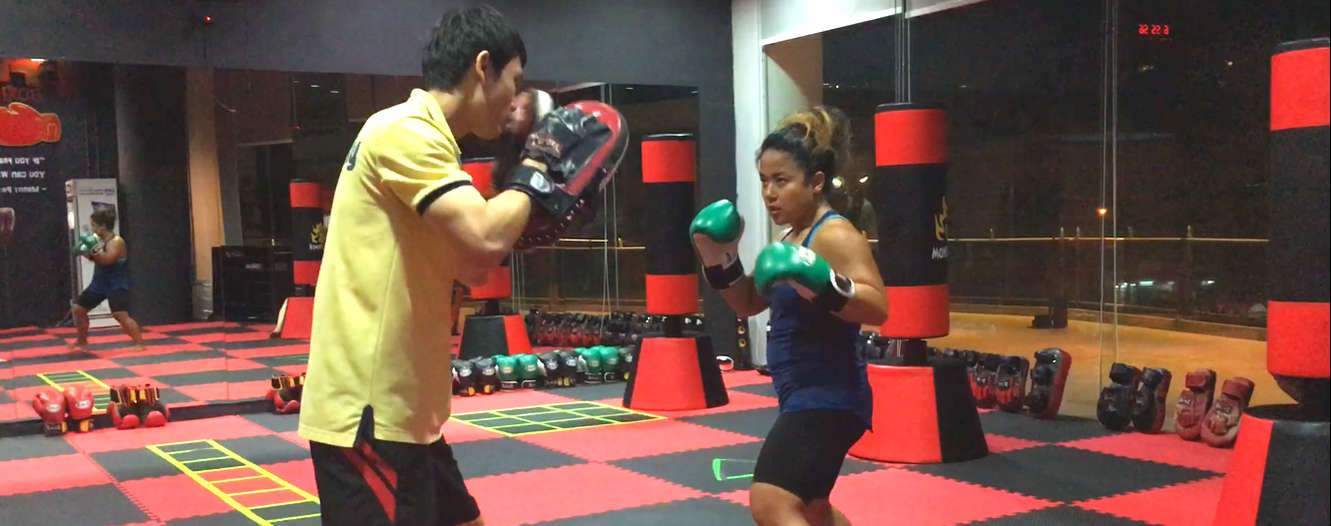

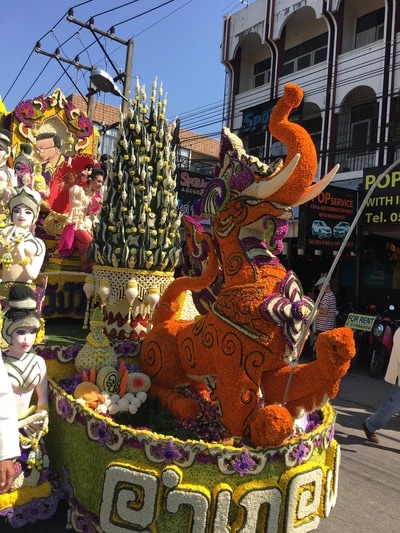
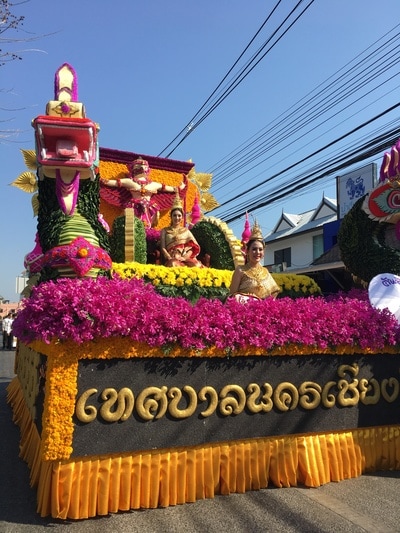
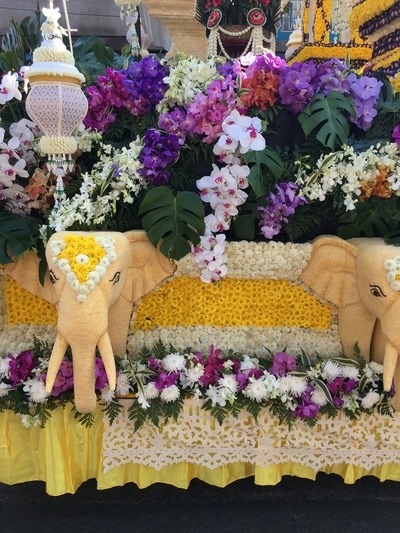
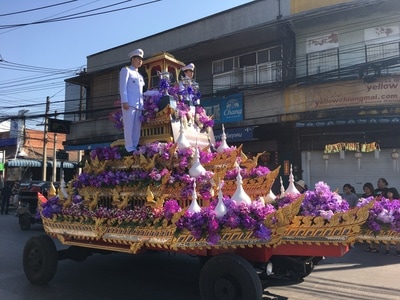
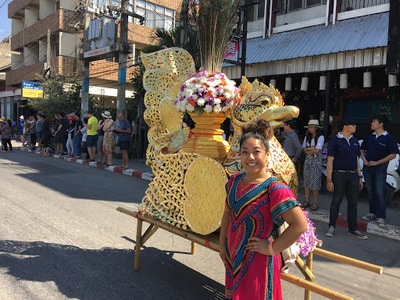
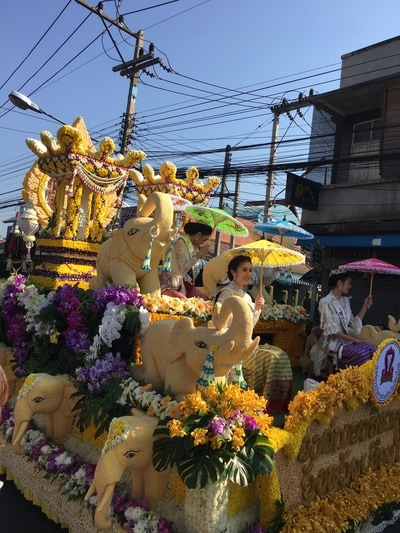
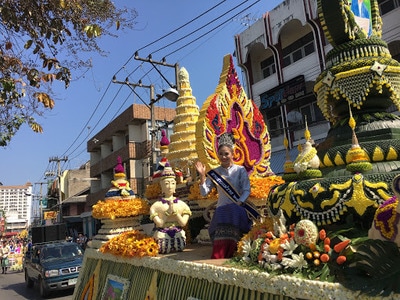
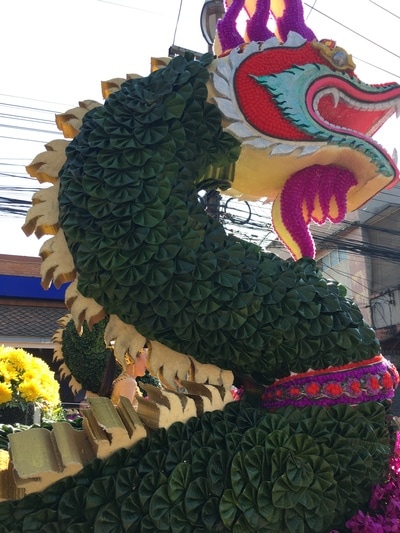
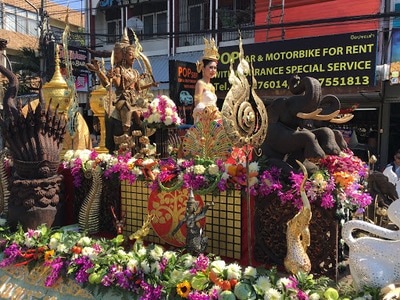
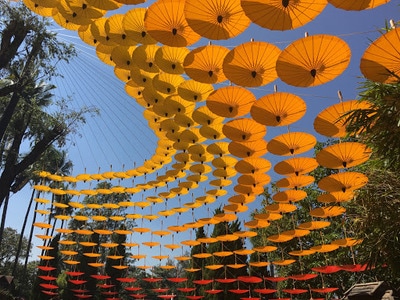

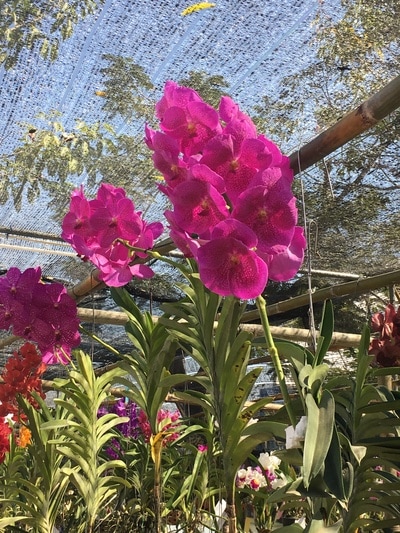
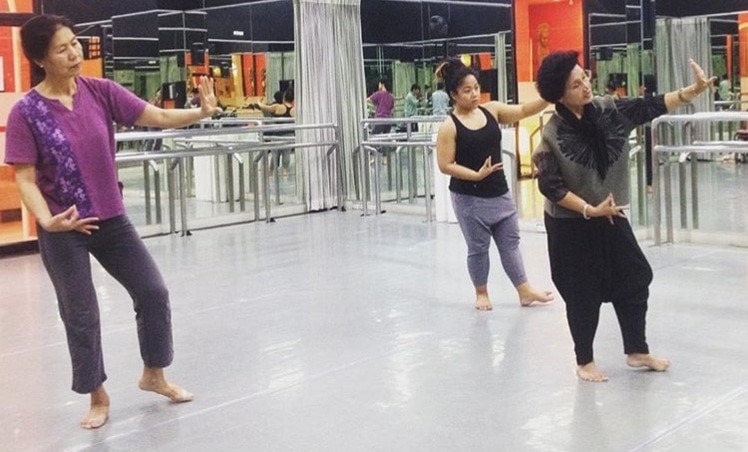
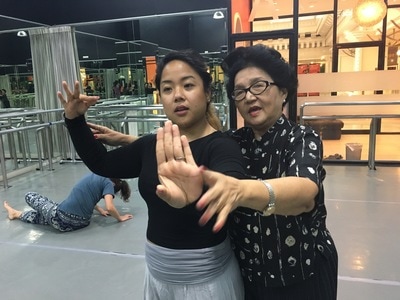
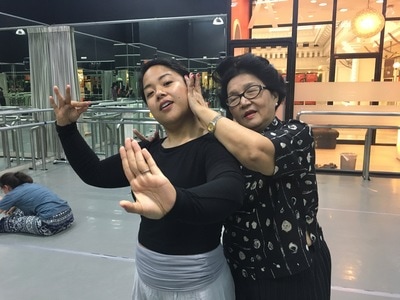
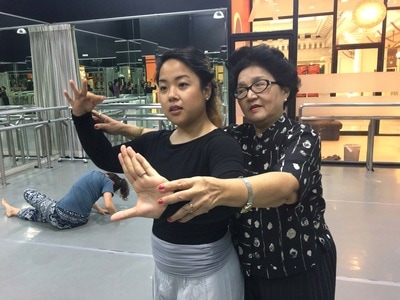
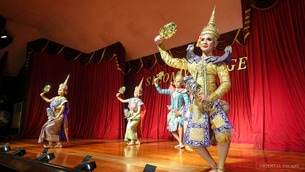
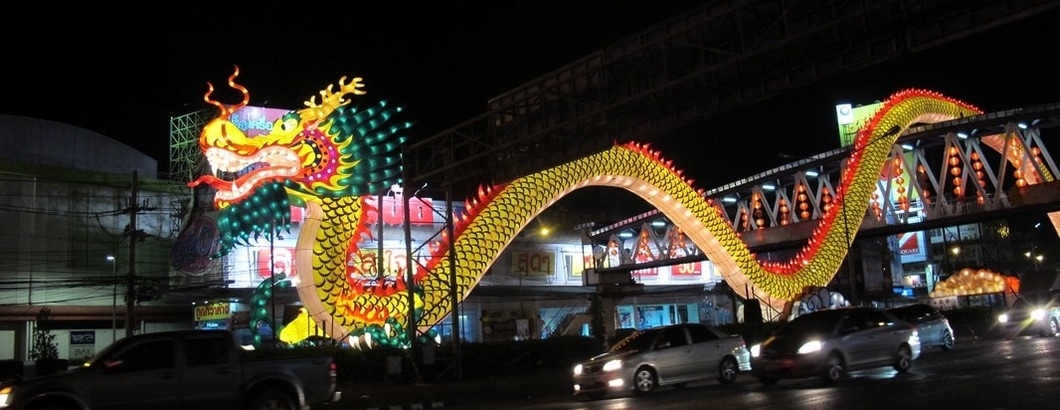
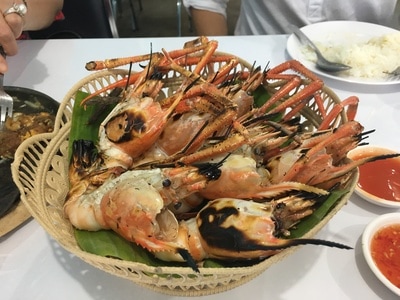
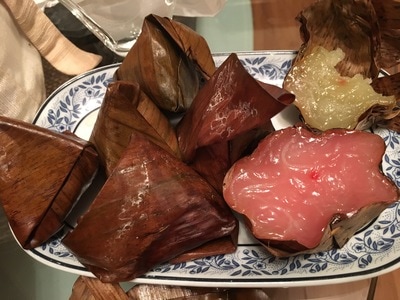
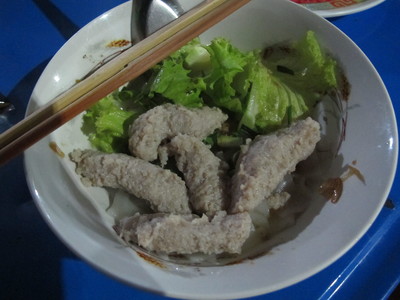
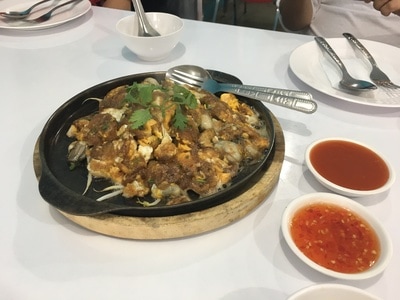
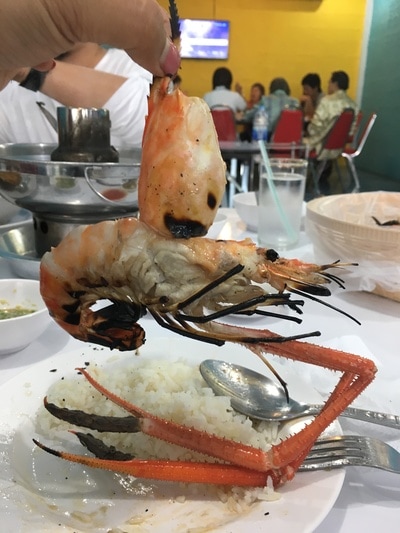
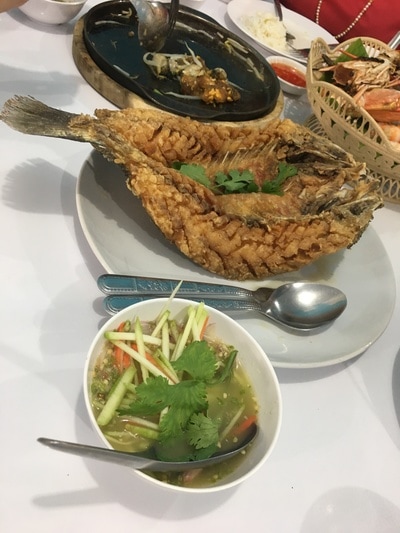
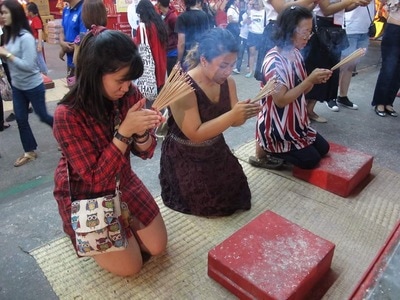
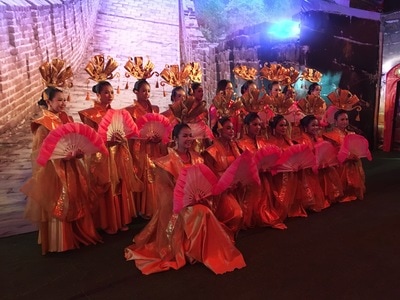
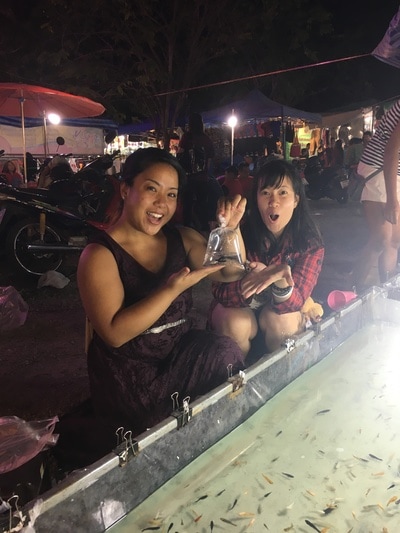
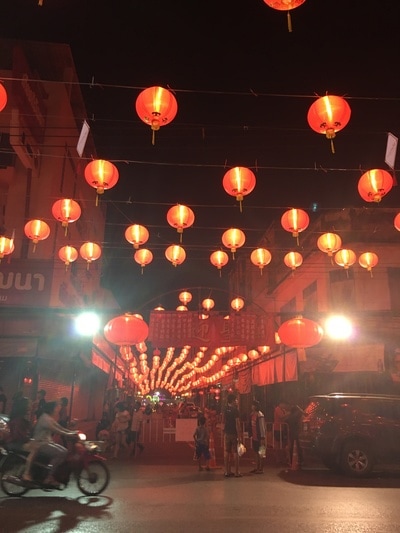
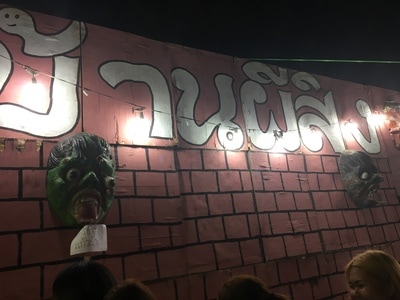
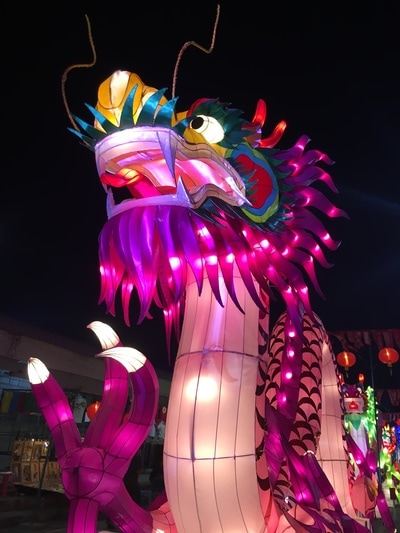
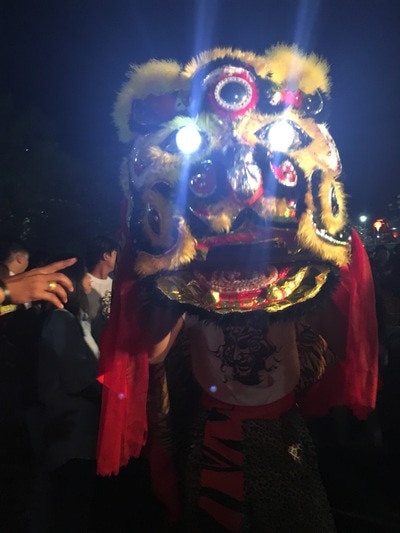
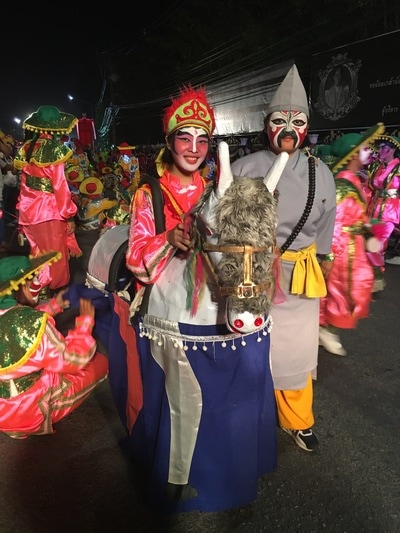
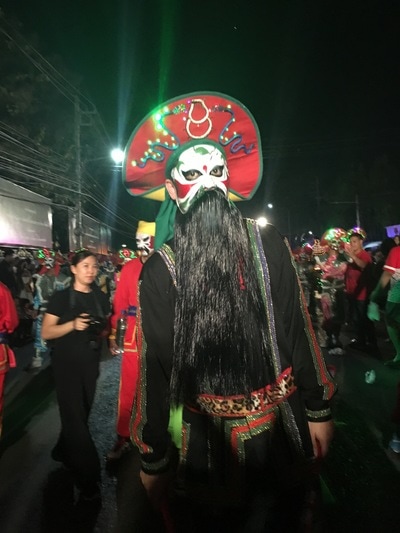
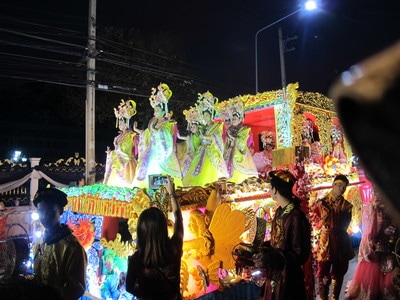
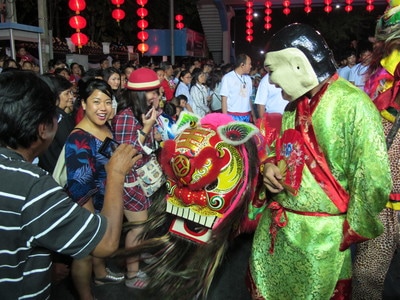
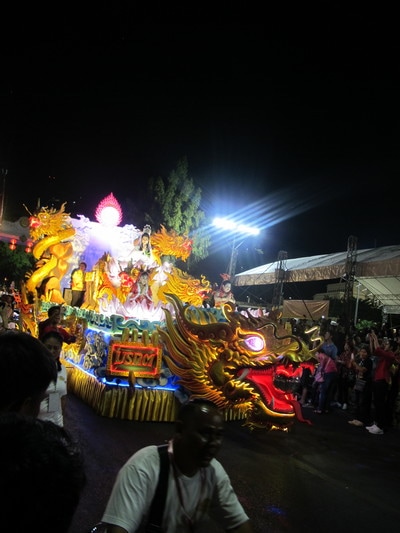
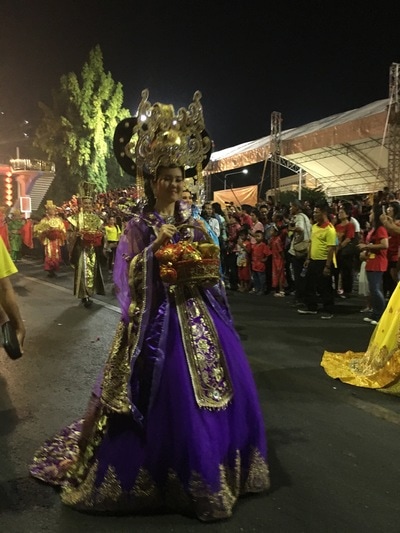
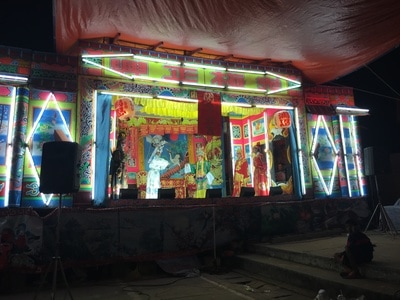
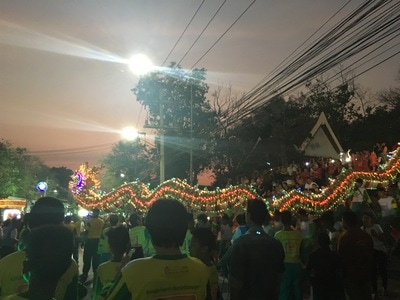
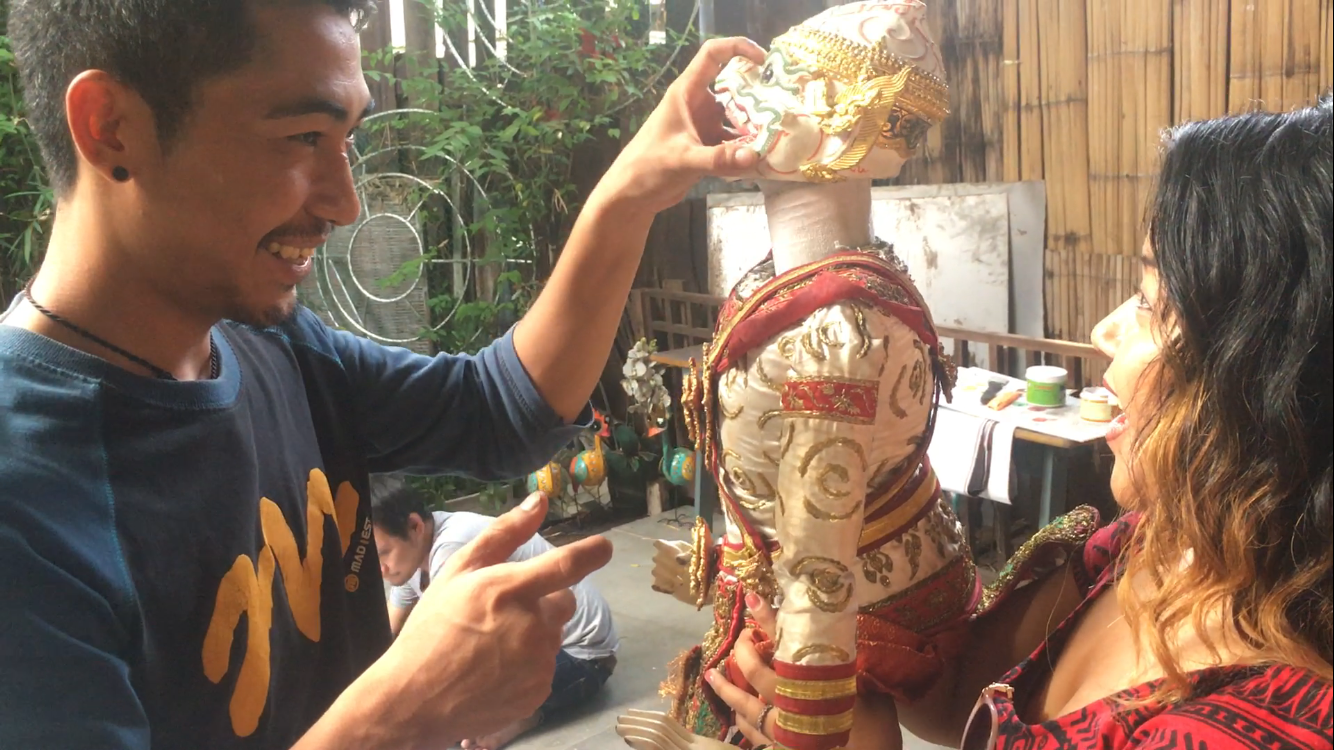

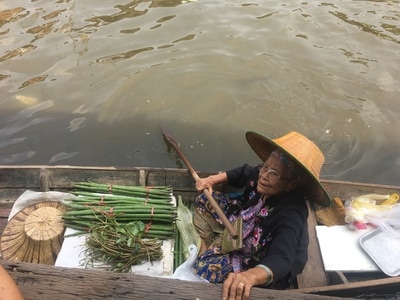
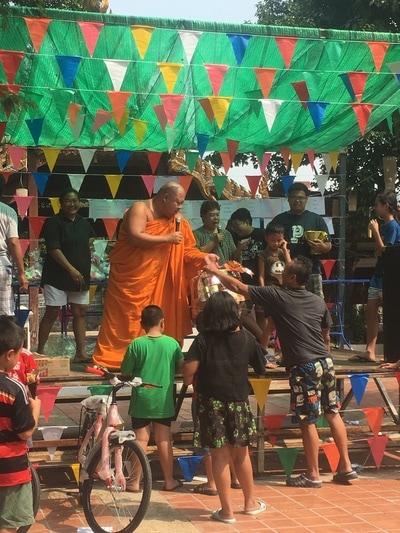
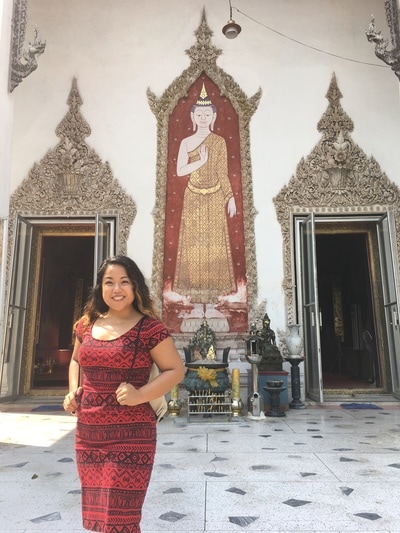
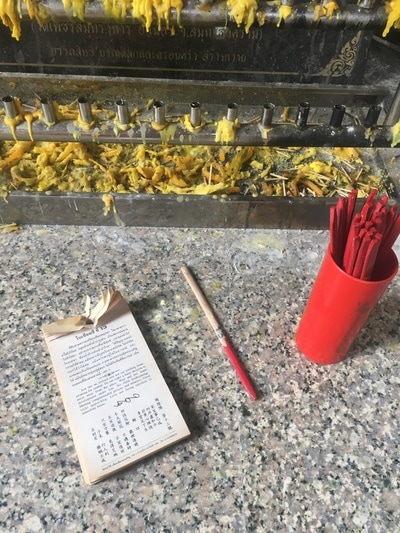
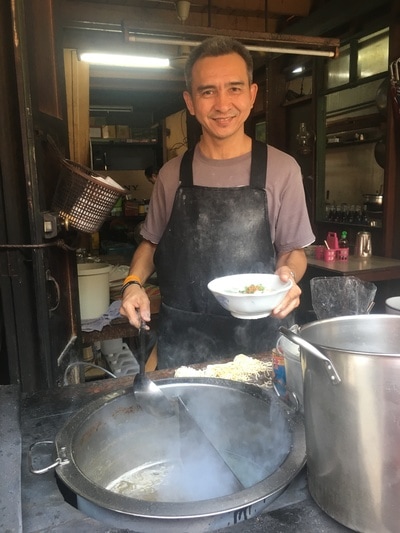
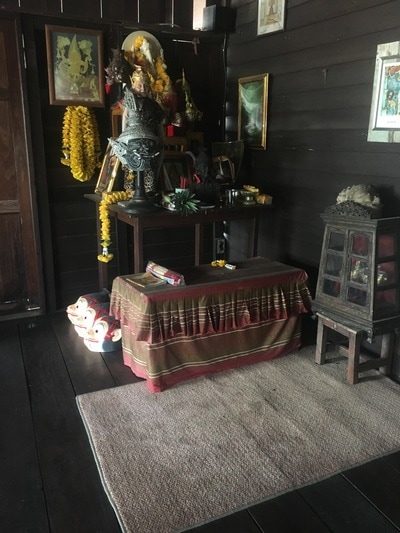
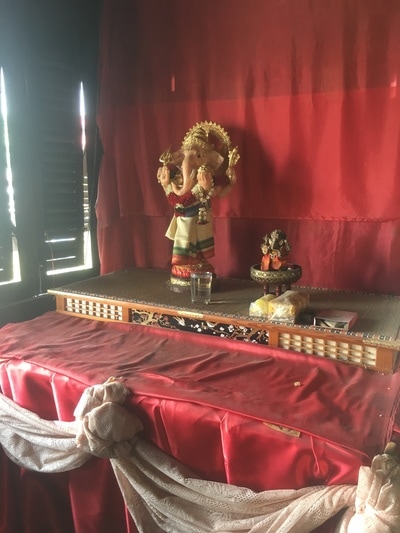
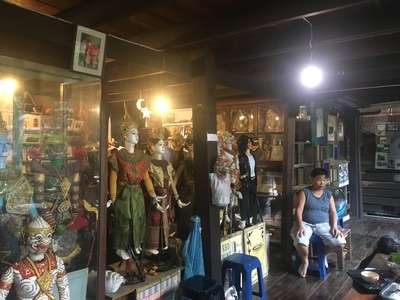
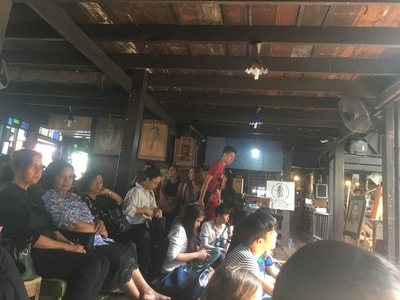
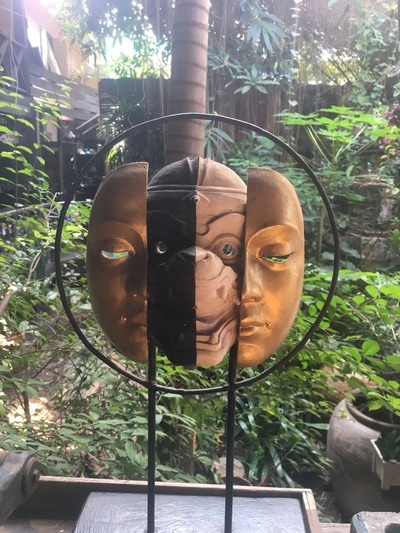
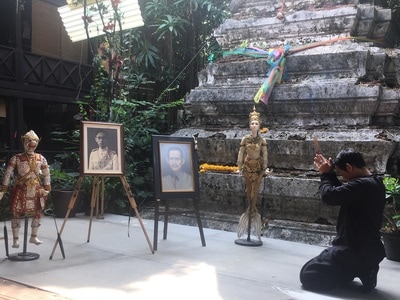
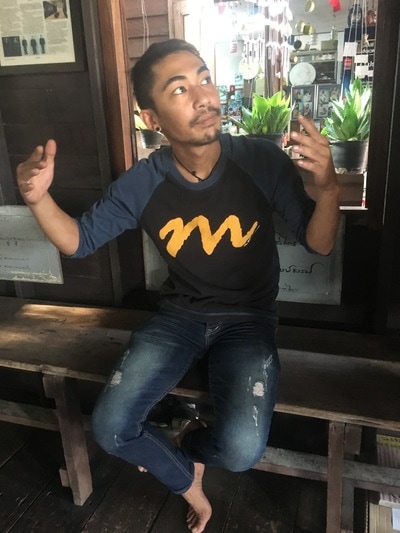
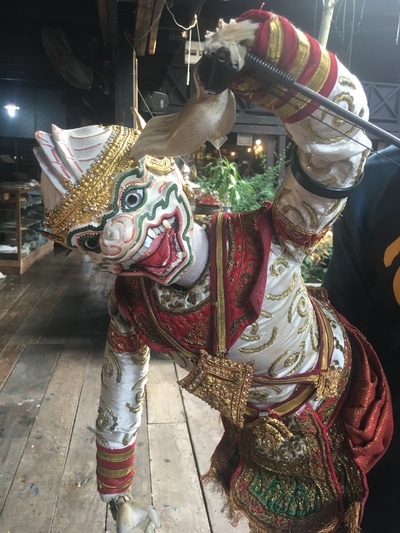
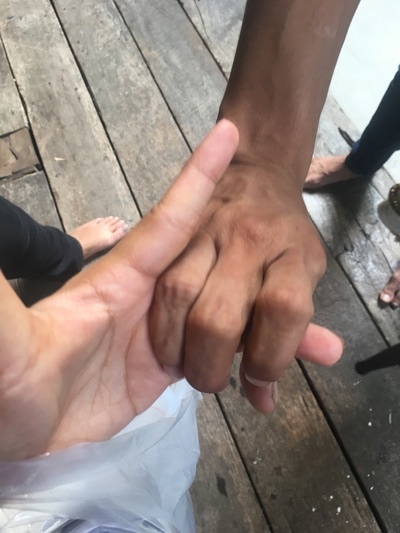
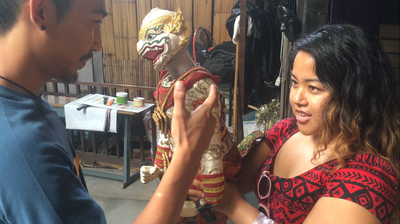
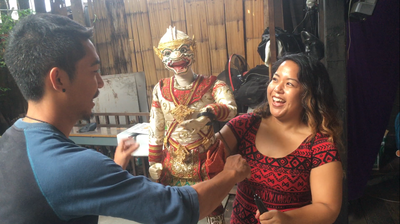
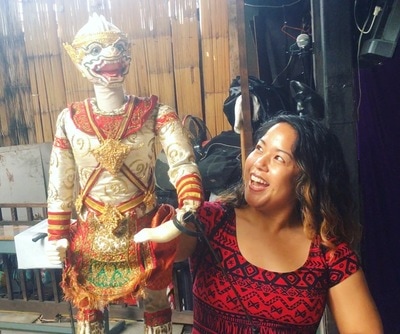
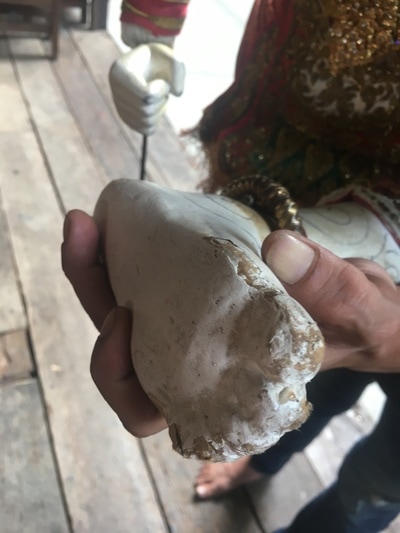
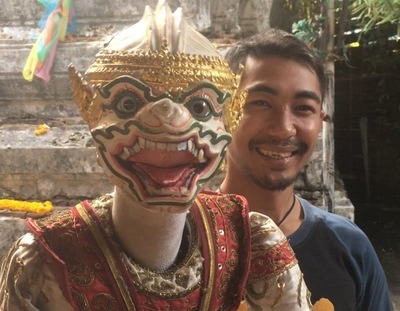
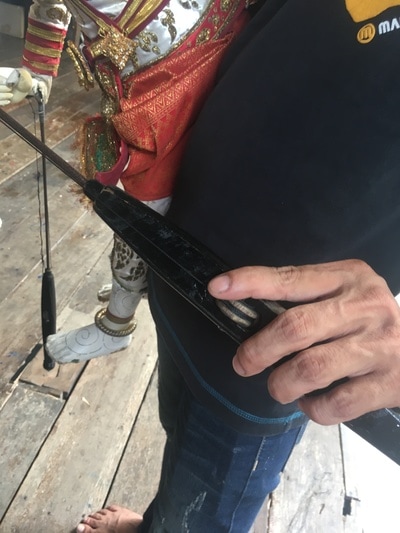

 RSS Feed
RSS Feed